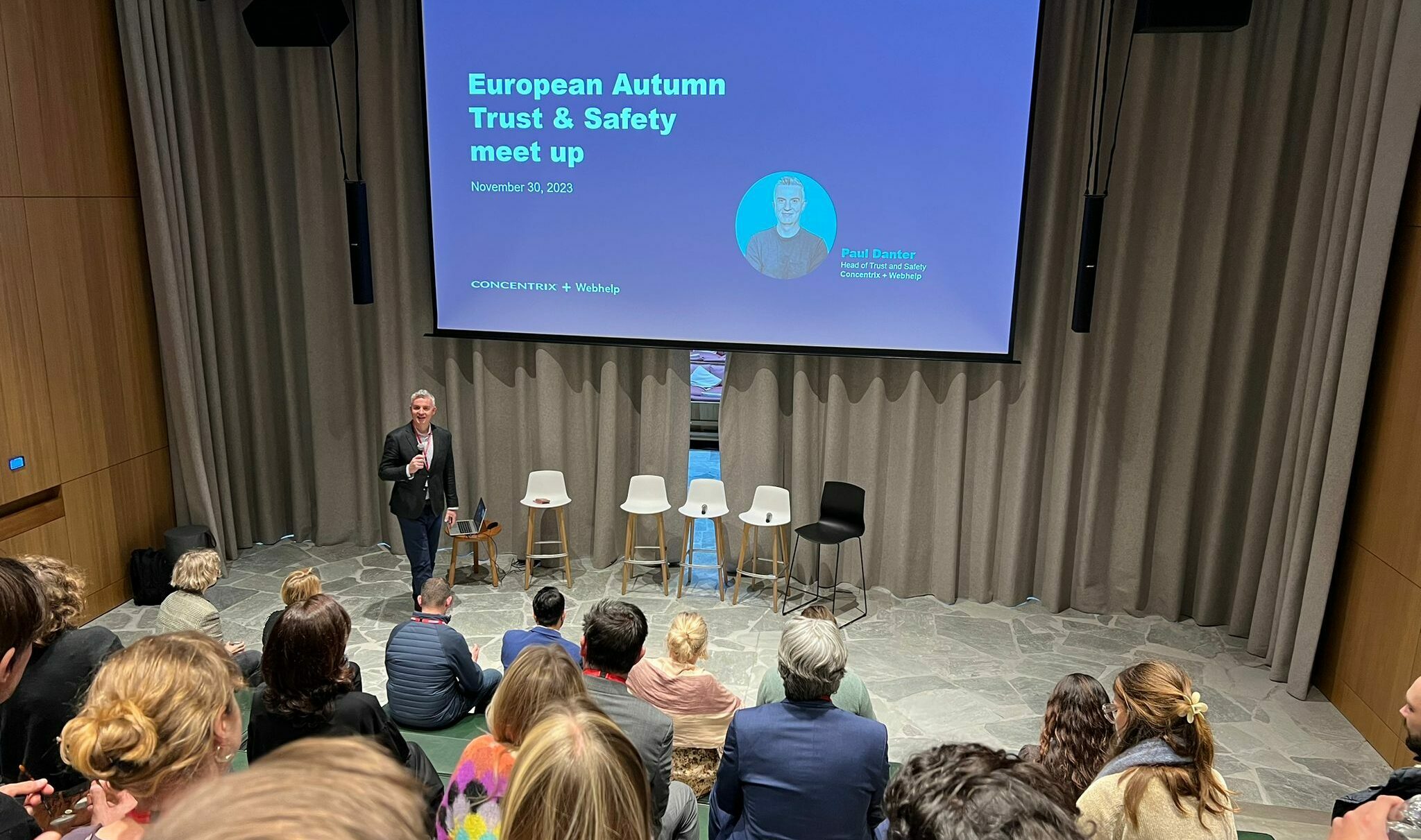SHARE
We recently joined an online event exclusively for CCMA members where we discussed our experience of maintaining quality of coaching when forced into remote working. Representatives from a number of brands were in attendance, including Co-Op, DVLA and John Lewis. Representing Webhelp was our own Jamie-Lee Stewart, Director of Quality & Customer Experience.
In the round table, we discussed how coaching & feedback processes apply to working from home, ways to support staff, and how colleagues have responded. The aim of the session was to share best practice as Quality professionals, in order to optimise delivery of key quality & coaching processes in a working from home environment.
A very interactive conversation took place, with breakout sessions to encourage discussion and collaboration. We uncovered obstacles in the current remote environment and together developed a new strategy for success.
Challenges and successes
Having discussed our hybrid experiences, it was clear to see what works well in remote working.
Feedback is that one area on which we all felt we have taken positive steps, to adapt and improve our quality & coaching processes to enable & ensure engagement and responsiveness when coaching remotely.
However, despite the positive outcomes there were several challenges identified. Coaching at home can be impersonal and makes it difficult to assess if staff are engaged, particularly if you have no camera. Quick coaching sessions are no longer possible – you have to establish a relationship to have an open an honest conversation, which is tricky when coaching from a distance.
There is also difficulty when it comes to injecting fun, as there are limitations on how interactive you can be on a Teams call as opposed to face-to-face. Structure is essential to effective coaching, but adopting the motivation to follow structure can be hard for staff when faced with distractions at home.
Time is another factor – in-office, it’s possible to deliver “in the moment”, personal 1-1 coaching. This isn’t possible in a work from home environment, so coaching necessarily more structured and timely.
While working from home is convenient and allows you to balance home life effectively, it can be difficult to manage staff. You cannot see if someone is struggling or if someone is underutilized. You have to rely on video call to engage and trust that colleagues are performing to the best of their ability.
It is evident that there can be challenges when it comes to remote coaching, but with the right structure and processes in place we can build an agile hybrid model.
The “new better”
As a group, we looked at new approaches for a new working model and agreed that “New better” is a better goal than “New normal.” The focus should lean more towards positivity, with more emphasis on employee emotion and wellbeing. For example, coaching and feedback is too formal whereas ‘job chat’ is more relaxed. Adapting our quality framework to ensure we are capturing the right areas of opportunity is fundamental.
We identified a coach as a “professional friend”, rather than someone who tells you what to do, although boundaries are still essential to a healthy relationship – as is knowing how to signpost the coachee.
In addition, technology plays an important role when remote working and should be used more effectively, leveraging those features available to you – particularly for virtual coaching sessions where using chat, breakout rooms and polls can improve learning.
As a leader, you must offer emotional support and empathy. You must understand the person’s feelings and show that you have their best interest at heart, especially during uncertain times. Agreeing the ‘rules of engagement’ is key in terms of coaching interactions, and enabling an effective coaching conversation. Therefore, one thing we cannot overlook is asking the right questions. When coaching you should address any concerns and ensure staff feel comfortable, while maintaining a positive, approachable manner.
Finally, an agreed joint agenda is essential to ensure a clear structure is in place, as well as documenting goals to keep track of progress.
Sharing the lessons learned in the move to a hybrid model allowed us to identify a ‘New Normal’ approach, which we can incorporate into our organisation to build a robust, agile strategy for 2021.

![[Fashion] Choosing the right partners to grow your business in 2024, at a time when trust is fragile](https://media.webhelp.com/wp-content/uploads/2023/12/21090253/Office-Showcase-2.png)


